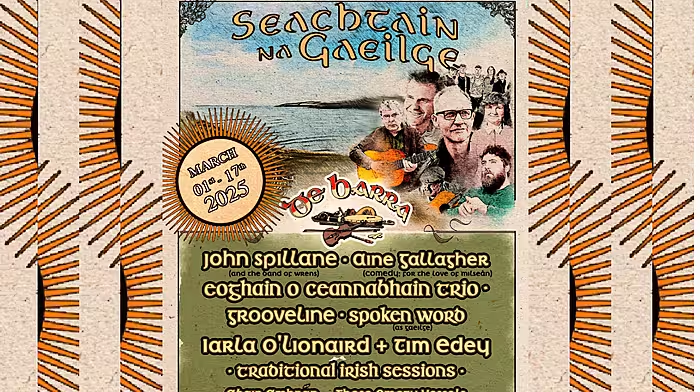A Skibbereen engineer has described as ‘a real tragedy' the present state of a former convent chapel, which, after 14 years of decay and neglect, is in ‘a desperate condition.'
A SKIBBEREEN engineer has described as ‘a real tragedy’ the present state of a former convent chapel, which, after 14 years of decay and neglect, is in ‘a desperate condition.’
However, the owner of the building, Bernard Hennessy, said the property had already been abandoned by the previous owner, NAMA, and is no more ‘desperate’ now than when he bought it.
Mr Hennessy also told The Southern Star that he has experienced difficulties in extending planning permission at the site and that is the primary reason why it has not been developed.
The engineer, Kevin Barry, who is currently living and working in Dublin, wrote to The Southern Star to express his sadness that the convent chapel – ‘which was once a valued institution in our town’ – is being vandalised and disregarded.
He complained that the chapel and its adjoining buildings – which were home to the Sisters of Mercy for over 140 years – are in an advanced state of decay.
It is alleged that water ingress has destroyed much of the fabric of the buildings and that most of the floors and ceilings are rotting, and that the beautiful stained-glass window over the altar in the chapel has been vandalised.
According to Kevin Barry, ‘the biggest risk to the buildings relates to their unsecured perimeter.’
He said: ‘Anyone can currently enter the chapel and its adjoining building through the back door of the premises, which is wide open.
‘Unauthorised access introduces the very real risk of arson and the consequent destruction of the buildings. Such a view is not alarmist: Cork has recently seen two beautiful old buildings destroyed by fire resulting from delinquent activity that was facilitated by unsecured perimeters: Vernon Mount in Douglas and St Anne’s in Sunday’s Well.’
Bernard Hennessy confirmed that the only work that is being carried out at the site is the pumping of water out of the car park shell – this is the large hollowed-out area that has been fenced off from the public road.
Mr Hennessy said he was aware that a collapsed pipe in the County Council’s pipe network, adjacent to North Street, has resulted in the temporary suspension of the removal of water from the car park area.
But he said he has since agreed ‘an alternative solution’ that would allow the ongoing removal of water pending the reinstatement of the pipe.
Mr Hennessy said: ‘The primary reason that no work has yet being effected on the site has been the difficulty I have encountered in extending the planning permission, which was still extant when I purchased the property.
‘Several futile communiques over the past two years with the Minister for Housing to extend the time period to facilitate construction of 50 new homes on the site have proved to be a waste of time despite the country’s compelling need for housing.
‘It was my understanding that the permission could have been extended under the Planning and Development (Housing) and Residential Tenancies Act 2016.’
Mr Hennessy also pointed out that the site is private property.
He told The Southern Star: ‘The gate is pad-locked. If people are trespassing, they are doing so illegally.’
Regardless of the long-term redevelopment of the site, Kevin Barry believes ‘urgent action is required to secure the perimeter of the buildings.’
He called on Cork County Council to install palisade fencing at the entrance to the site from the old nuns’ graveyard located to the right of the chapel.
He said: ‘This can be installed very quickly, very easily and very cheaply as it only needs to cover the width of a single footpath.
‘The existing fencing up the Convent Hill is reasonably secure but has been interfered with in a few places and can allow unauthorised access … and this, too, needs to be addressed as a matter of urgency.’
Kevin Barry said such work would ‘greatly minimise the risk of further vandalism.’ And he added: ‘These beautiful old buildings are not just the sum of the bricks and mortar used to construct them. They represent the memories and shared experiences of all who have lived in them and all who have experienced them.
‘The chapel was a place of prayer and reflection for many generations of Skibbereen people in a way that always felt more rarefied than the Cathedral.’
He concluded by saying: ‘It deserves our respect and deserves our urgent attention, least it be lost for all future generations.’










